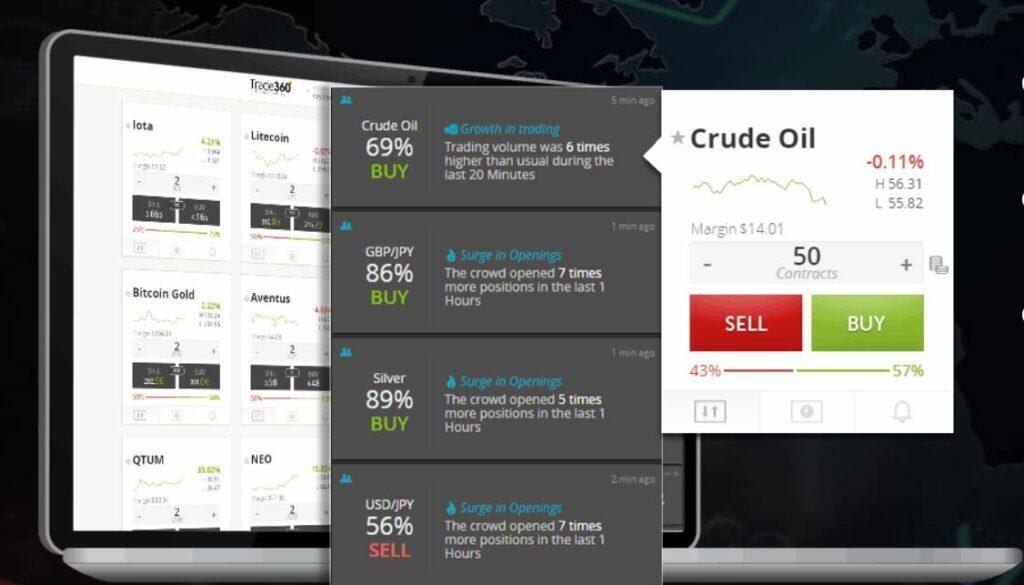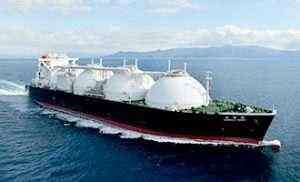How to Improve Working Capital Deloitte US

However, it’s also possible to make simpler changes, such as clearly defining AR policies internally and ensuring easy access to customer data through a centralized supplier management dashboard. These improvements can expedite collections by lessening confusion, reducing unnecessary delays, and speeding up the resolution of any disputes. Since the amount of capital invested into that cycle is constantly working, we might as well described it as working capital.
- These reports include information from public records about credit history, bankruptcies, or tax liens as well as some payment history.
- Maintain your good rapport with customers, clients, and partners by resolving disputes quickly.
- To combat bad debt, you can reduce inventory by recalibrating stock levels and using just-in-time logistics.
- Working capital is a snapshot of a company’s current financial condition—its ability to pay its current financial obligations.
As you can see there is a heavy focus on financial modeling, finance, Excel, business valuation, budgeting/forecasting, PowerPoint presentations, accounting and business strategy. Insurance companies, for instance, receive premium payments upfront before having to make any payments; however, insurance companies do have unpredictable cash outflows as claims come in. Deloitte has assisted a number of companies in various industries with different levels of working capital maturity. No matter how well-run the organization is, there are always working capital optimization opportunities.
Smart Ways How to Improve Working Capital
To combat bad debt, you can reduce inventory by recalibrating stock levels and using just-in-time logistics. Depending on the type of business, companies can have negative working capital and still do well. Examples are grocery stores like Walmart or fast-food chains like McDonald’s that can generate cash very quickly due to high inventory turnover rates and by receiving payment from customers in a matter of a few days.
Let’s suppose that a young apparel manufacturer called Modern Shoes Co. is about to launch its business operations. The firm gets going with a cash balance of $100 million that it was able to raise through equity. Don’t be afraid not to go it alone – no person is an island, and the same can be said for businesses. Many hands make light work of ensuring your business has access to the cash flow it can count on. It’s not always easy for entrepreneurs to see how they can improve their cash flow, so Provost recommends that business owners seek outside help.

The company can avoid taking on debt when unnecessary or expensive, and the company can strive to get the best credit terms available. The company can be mindful of spending both externally to vendors and internally with what staff they have on hand. Therefore, at the end of 2021, Microsoft’s working capital metric was $96.7 billion.
What Is Working Capital Turnover?
Another smart way to increase your working capital is to take advantage of any tax incentives your business is eligible for. Many provinces and states offer incentives to businesses and their investors, if they invest in businesses within those regions. Tax incentives are offered for various reasons, as they help businesses remain competitive. Also, when you work with vendors, be sure to ask about any deals or discounts available for new customers. And don’t be afraid to renegotiate payment terms once you become a loyal customer.

By forecasting sales, manufacturing, and operations, a company can guess how each of those three elements will impact current assets and liabilities. To calculate working capital, subtract a company’s current liabilities from its current assets. Both figures can be found in the publicly disclosed financial statements for public companies, though this information may not be readily available for private companies. The amount of working capital a company has will typically depend on its industry. Some sectors that have longer production cycles may require higher working capital needs as they don’t have the quick inventory turnover to generate cash on demand. Alternatively, retail companies that interact with thousands of customers a day can often raise short-term funds much faster and require lower working capital requirements.
Automate Accounts Receivable and Payment Monitoring
Better debt management – such as seeking better interest rates and making sure that obligations are met on time – can reduce the long-term impact of debt, which can free up more working capital in the short term. In some cases, a business might consider paying down debt to reduce the overall cost of borrowing – although this comes at the expense of present working capital. Cash forecasting solutions provide near-real-time cash flow forecasts based on data from purchase orders, accounts payables, and receivables. They can also harness the power of machine learning, meaning the more data they receive, the more accurate they can make future cash forecasts.
A supplier management system that leverages automation, for example, can simplify the processes of supplier selection, onboarding, risk assessment, and contract negotiation. With more control over supplier data and documentation, companies can ensure that the products they receive are delivered on time and meet quality standards. Some of the most damaging include the risk that customers default on payments, which can harm your working capital position or create bad debt.
Working Capital Management
Accounts receivable balances may lose value if a top customer files for bankruptcy. Therefore, a company’s working capital may change simply based on forces outside of its control. An increase in a company’s working capital decreases a company’s https://online-accounting.net/ cash flow. When you determine the cash flow that is available for investors, you must remove the portion that is invested in the business through working capital. Current assets are any assets that can be converted to cash in 12 months or less.
There are a few reasons why
investors would consider a short term negative working capital a good sign and
I’ll explain them below. It includes accounts receivable, cash and cash equivalents, closing inventory, interest receivable, arrears etc. A high working capital turnover ratio shows a company is running smoothly and has limited need for additional funding. Money is coming in and flowing out regularly, giving the business flexibility to spend capital on expansion or inventory. A high ratio may also give the business a competitive edge over similar companies as a measure of profitability.
Similarly current
liabilities are short term debts that are expected to be paid off within a
period of twelve months. It includes accounts payable, bank overdraft, interest
payable, accruals etc. With a working capital deficit, a company may have to borrow additional funds from a bank or turn to investment bankers book value vs. market value to raise more money. In fact, some large corporations have negative working capital, where their short-term debts outweigh their liquid assets. Typically, the only entities capable of remaining solvent amid these circumstances are behemoth corporations with significant brand recognition and robust selling power.
STACK and Billd Team to Help Contractors Secure Working Capital – PYMNTS.com
STACK and Billd Team to Help Contractors Secure Working Capital.
Posted: Wed, 06 Sep 2023 21:34:23 GMT [source]
A very effective way to increase net working capital is to purchase accounts receivable insurance (also known as trade credit insurance). Trade credit insurance acts as a safety net to protect your business from non-payment of your accounts receivable. This frees you from maintaining bad debt reserves and helps you protect your capital, maintain your cash flow and secure your earnings while extending competitive credit terms to your customers. A working capital ratio of 1.0 indicates a company’s readily available financial assets exactly match its current short-term liabilities. Excess working capital provides some cash cushion against unexpected expenses and can be reinvested in the company’s growth.
The COVID-19 pandemic has created increased attention to working capital management ratios. However, with inflation and other broader economic concerns and uncertainties, many companies have started to increase DPO again as a way to manage liquidity. If a company sells merchandise for $50,000 that was in inventory at a cost of $30,000, the company’s current assets will increase by $20,000. If no other expenses are incurred, working capital will increase by $20,000. If a company’s owners invest additional cash in the company, the cash will increase the company’s current assets with no increase in current liabilities.
